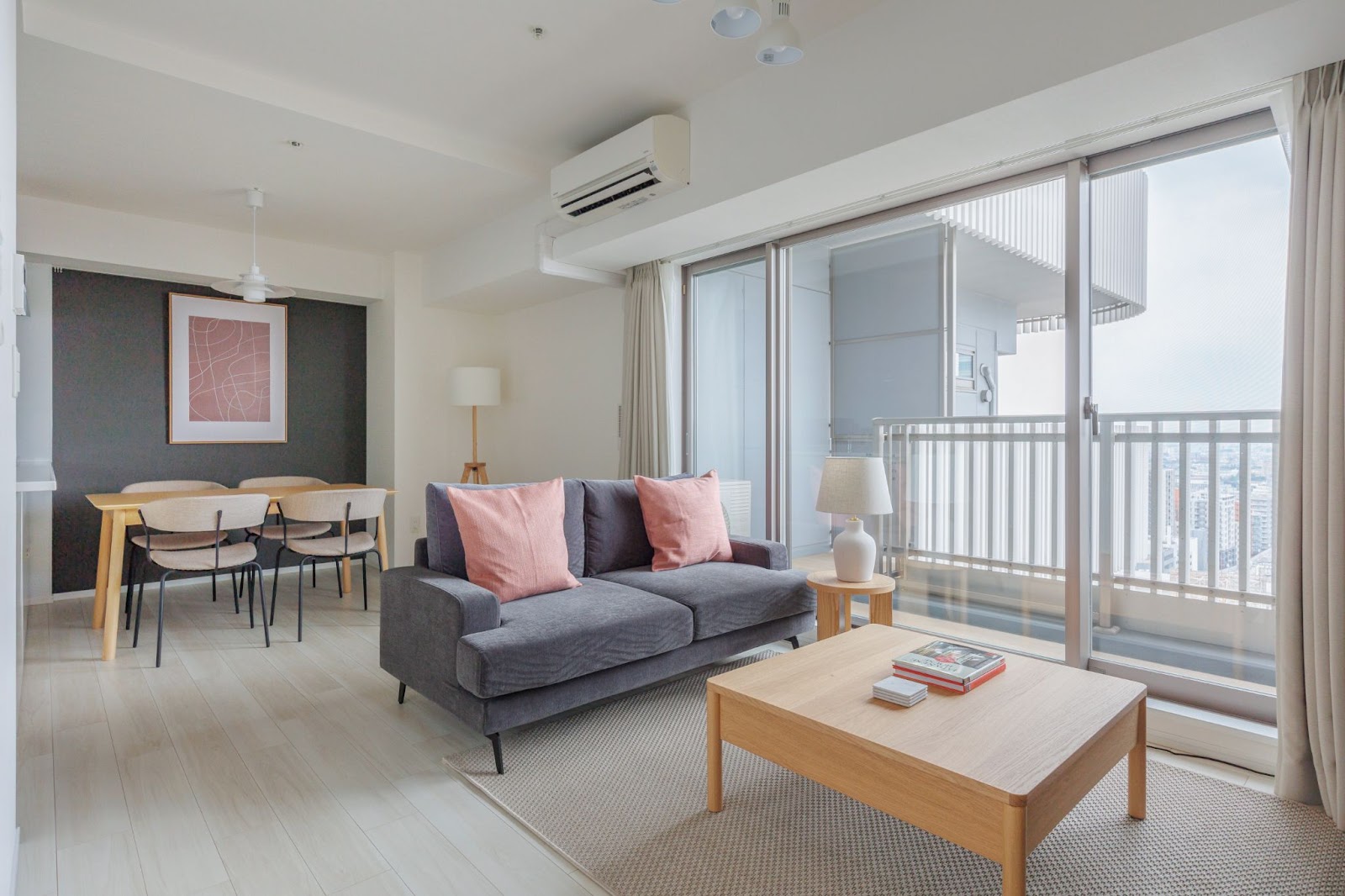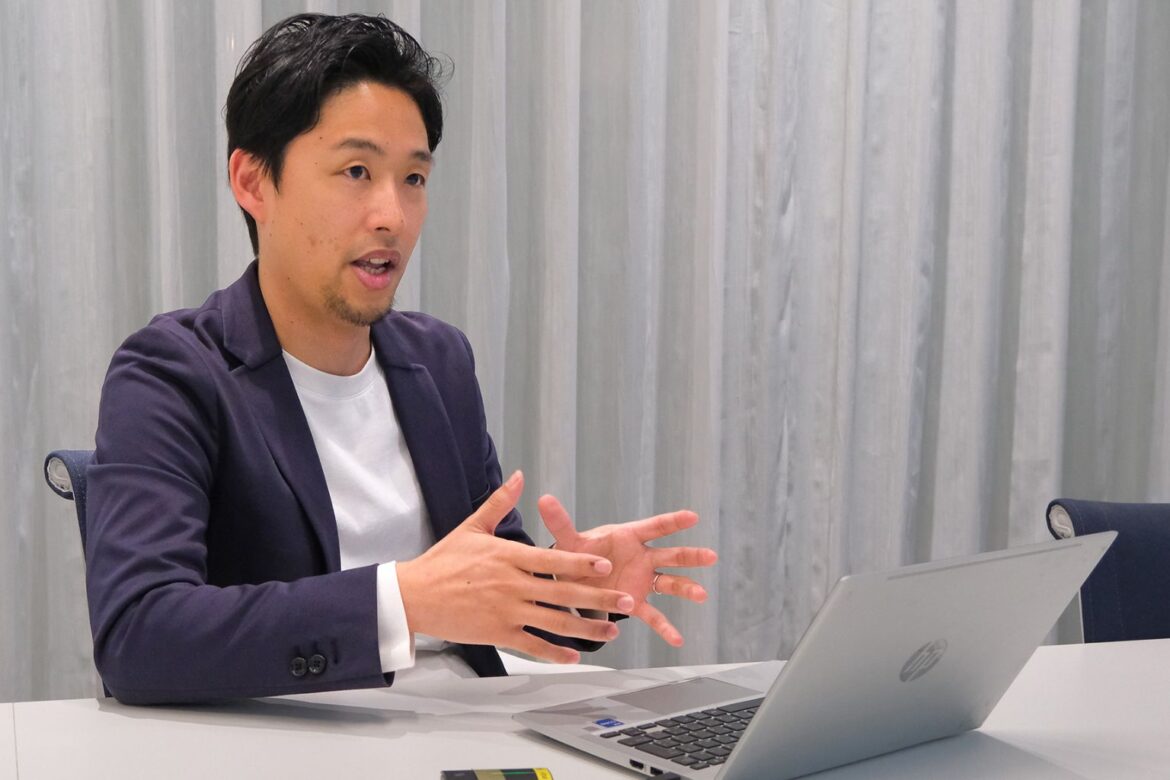In this commentary: Tokyo’s Ancient Answer to a Modern Problem
in this commentary
Tokyo’s sustainable tourism isn’t a new trend. The city applies its centuries-old principle of mottainai, or avoiding waste.
The city weaves sustainability into its identity. Hotels turn kitchen scraps into fertilizer, and artisans mend broken pottery with gold.
Tokyo shows that refining the past, not just inventing new solutions, can create a greener future.
In an oversized, wood-paneled boardroom with a view of Tokyo’s Imperial Palace, Tsubasa Yokote is trying to explain the city’s approach to sustainable tourism. And it’s not easy.
Yokote, representative director of Blueground Japan, says sustainability — best exemplified by the concept of mottainai, which emphasizes avoiding waste — has been part of Japanese society for centuries. Many of the tourism industry’s recent efforts to become more sustainable are a direct result of that cultural practice rather than a new movement spurred by climate change or politics.
You can see it in Blueground’s rental apartments. It’s in the recycling stations in the basements, which are standard in most Tokyo apartments. And it’s also in the efficiency features that allow you to regulate energy consumption in your home.
“All these features are beneficial for the environment,” he explains.
Blueground Japan, a collaboration with real estate developer Mitsubishi Estate, is a case study in mottainai. Each new apartment is designed with sustainability on several levels — not just in terms of saving energy but also of creating a sustainable business. The medium- and long-term housing market for furnished rentals is still developing, so when Yokote talks about sustainability, he is also talking about Blueground’s sustainability.
“Tokyo is upholding its high standard of sustainability, from its world-famous public transit system to dauntingly strict garbage sorting rules,” says Evelyn Gong, who teaches operations management at Carnegie Mellon University’s Tepper School of Business. She says the city is moving steadily towards its goal of achieving net zero emission by 2050, and its 2030 midway targets such as heightened renewable energy use and halved food waste.
Your voice matters: The Price of Green Travel
Your voice matters
Tokyo’s approach to sustainability is deeply embedded in its culture, asking visitors to adapt to practices like complex recycling. This raises questions about what we expect from “green” destinations. We want to hear your thoughts.
Does a destination’s commitment to sustainability influence your decision to travel there?
How much extra effort are you willing to put in to follow local environmental rules when you’re on vacation?
What’s the most impressive (or disappointing) example of sustainable tourism you’ve ever encountered?

The living room in a Blueground rental in Tokyo.
Yonder Travel Insurance is an online travel insurance comparison site offering 5-star customer service from friendly humans, guiding you from quotes to claims. Our experts have poured over hundreds of policies from the top travel insurance providers in the US to provide the best travel insurance recommendations for the type of trip you take. Compare travel insurance options at Yonder Travel Insurance.
How Tokyo’s tourism industry embraces mottainai
While Blueground Japan exemplifies sustainable urban living, Tokyo’s broader travel sector is weaving traditional mottainai values into innovative eco-practices. Here are a few examples of how hotels, restaurants, and cultural experiences are leading the charge:
Palace Hotel Tokyo’s circular economy
The hotel’s Eco-Palace initiative turns kitchen waste into fertilizer for local farms. The hotel then buys the resulting crops of rice and produce for incorporation into the staff canteen’s daily menu.
Kintsugi: The art of sustainable beauty
Many Tokyo luxury hotels, including the Palace, offer kintsugi workshops, where guests repair broken pottery with gold — a centuries-old practice that embodies mottainai. Couture designer Kevan Hall, inspired by a Tokyo workshop, noted, “It’s a poetic way to transform flaws into heritage.”
Carbon-neutral hotel stays
The Tokyo Station Hotel offsets 100 percent of guest stay emissions, while the Imperial Hotel Tokyo replaced plastic amenities with bamboo and wood. Both properties use CO₂-free electricity and hold top certificates in sustainable development.
Zero-waste dining
The Michelin-starred Daigo restaurant practices shojin-ryori, a Buddhist culinary tradition that minimizes waste. Chef Yusuke Nomura crafts plant-forward kaiseki menus using local ingredients, thereby reducing methane emissions.
Rebuilding communities
Walk Japan, a tour operator, partners with rural towns in places like earthquake-hit Noto Peninsula, where travelers help rebuild homes and revive abandoned rice paddies. Their tours funnel revenue into local economies, which are trying to counter population decline.
Eco-conscious lodging
Boutique projects like Nipponia Sawara repurpose historical warehouses into hotels using local materials. At Mt. Fuji’s Ecologic, guests join workshops and bike tours supporting nearby farms.
Sustainability as a lifestyle in Tokyo
One of the best ways of experiencing Tokyo’s sustainability is by living it. Blueground, which offers furnished apartment rentals in the city, is tapping into a new market of digital nomads and people who are relocating to Japan.
Yokote says Blueground’s apartments come with multilingual support to help customers make sense of Japan’s mottainai practices.
For many visitors, understanding sustainability in Tokyo means more than admiring eco-initiatives from afar — it means stepping into the rhythms of daily life. But Japan’s rental housing market often presents hurdles for non-Japanese residents, from stringent lease terms and language barriers to cultural nuances around waste management and energy use. Blueground’s furnished apartments aim to bridge this gap, says Yokote.
“That means access to housing designed with Japanese values — like minimalism and energy efficiency — while providing the tools to navigate systems that might otherwise feel inaccessible,” he says.
By embedding sustainability into the fabric of everyday living, Blueground’s apartments become gateways to Japan’s eco-conscious ethos. Guests learn to separate trash not as a performative act, but as a reflection of mottainai’s enduring influence. They interact with systems like energy-efficient appliances and water-saving fixtures, which are standard in Japanese homes but often unfamiliar to outsiders.
“When you live here, you start to see how sustainability isn’t a trend. It’s a mindset passed down through generations, and now it’s something visitors can truly inhabit,” says Yokote.
In Tokyo, looking to the past to create a sustainable future
Tokyo’s journey toward sustainability is not a race to reinvent itself, as it is in other tourism destinations. At its core lies mottainai, a philosophy that has long whispered the value of resourcefulness.
From Blueground Japan’s energy-efficient apartments, where global nomads navigate energy-saving systems and strict recycling protocols, to the Palace Hotel Tokyo’s closed-loop kitchens and the golden scars of kintsugi workshops, the city is trying to prove that sustainability thrives when it’s rooted in heritage.
These efforts are neither performative nor peripheral. They are pragmatic evolutions of tradition: Michelin-starred chefs reviving Buddhist culinary ethics to cut food waste, hotels offsetting emissions while preserving the elegance of a bygone era, and rural tours that transform travelers into stewards of revival. Even the challenges — deciphering trash-sorting rules or mastering apartment energy systems — underscore a deeper truth: Sustainability demands both systemic rigor and individual adaptation.
“We’re not just saving energy,” Yokote says. “We’re building a sustainable bridge.”
But Tokyo’s greatest lesson may be its quiet demonstration that the future of sustainability lies not in discarding the past, but maintaining and refining it — one repurposed warehouse, revived rice paddy, and thoughtfully sorted trash bag at a time. In a world grappling with climate urgency, that may be a lesson for other tourism destinations.
Infographic: A Traveler’s Guide to Mottainai in Tokyo
Stay sustainably
Choose green hotels. Look for properties that are carbon-neutral or have initiatives like the Palace Hotel Tokyo, which turns food waste into fertilizer for local farms.
Live like a local. Consider a furnished apartment with built-in energy efficiency and learn to navigate Tokyo’s famously precise recycling systems.
Dine with purpose
Seek out zero-waste restaurants. Experience *shojin-ryori*, a traditional Buddhist cuisine at places like Daigo that minimizes waste by using every part of the plant.
Support the circular economy. Eat at places that source ingredients from farms using sustainable practices, closing the loop between consumption and production.
Experience lasting culture
Repair, don’t replace. Take a *kintsugi* workshop to learn the art of mending broken pottery with gold, a beautiful metaphor for transforming flaws into strengths.
Help rebuild communities. Join a tour that partners with rural towns, where you can help revive local economies by participating in activities like rebuilding homes or tending to rice paddies.
Related reads: Savvy Travel Tips


AloJapan.com